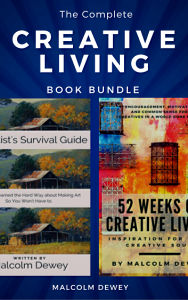|
By Arish Gwen Curley Exclusive for malcolmdeweyfineart.com Young adults today face a number of challenges. They struggle to balance their busy schedules, studies, juggle multiple jobs and deal with financial issues. In addition, they often lack confidence and self-esteem. Painting has long been considered a therapeutic art form. The practice helps young adults develop skills such as creativity, problem solving, communication, and critical thinking. If you want to improve your life as a young adult then it is time to consider painting. Take a look at the benefits that you can enjoy from your art journey: Four Critical Benefits No matter your age, you can benefit from painting. Miniature art enthusiast and painter Karen Crew shares that painting can boost the mental health and overall mood of people from different age groups. Even if you think that you aren’t naturally artistic, Crew states that your creativity will grow and unleash itself as you spend more time learning how to paint. Though painting is advantageous for everyone, there are certain perks that only young adults can use from painting sessions. These include: 1. Boosts Academic Performance Painting may only seem beneficial for young adults who are more on the creative side. However, you’ll be surprised to know that painting can help you do better in school, whether you’re in an art-related or a STEM-related degree program. Associate Professor Brittany Harker Martin from the University of Calgary states that students can increase their academic performance and develop their ability to think innovatively by harnessing their art skills. She points out that multiple peer-reviewed studies show how painting and other art activities can enhance one’s cognition and attention. These enhanced abilities can be a huge advantage in college, which is why it’s highly recommended that college students boost their competencies through painting. Enhances their problem-solving skills Painting can really help with your academic performance and even with your career prospects because it enhances one critical soft skill: the ability to solve problems. In fact, art historian Amy Herman shares that spending a significant amount of time with an artwork is a simple yet effective way to hone your problem-solving skills. After all, you’re challenged to analyze your observations and convert your thoughts into actionable ones whenever you observe a painting. Your problem-solving skills are also refined whenever you are painting because you need to figure out the best way to execute your vision and assess all the fine details that make up your artwork. 2. Fosters mindfulness benefits Those problem-solving skills will also come in handy in your everyday experiences, especially now that many young adults suffer from stress and mental health conditions. Fortunately, there are plenty of ways to combat these conditions, and this includes interventions like art therapy. It’s not surprising that art therapy can boost one’s mental health. Our article on ‘How to Develop Mindfulness Through Painting’ highlighted how the activity can help you put a stop to any negative trains of thought. Many people become aware of their problematic thoughts as they create images on the canvas. However, you may find that you will feel more relaxed and free once you have expressed your thoughts through your own painting. 3. Makes young adults feel empowered Most people are still trying to form their identities in this age period. As such, having an outlet for self-expression and self-exploration can feel very empowering for many. This feeling of empowerment can feel more profound in young adults with disabilities, especially now that there are lots of assistive tools that can help unleash their creativity. Maryville University’s post on the future of educational technology outlines how the latest innovations look to break down the barriers that prevent students from learning new skills, like painting. Young adults with disabilities may feel more empowered as they rise on equal footing with other students through assistive painting devices, like palm pen holders, assistive paint tube openers, and eye-tracking systems. These devices can make you feel more confident as you express yourself in artistic ways. 4. Increases their social connections Loneliness is becoming common among young adults. Unfortunately, this experience is even more prevalent among young adults who have disabilities. Recognizing this dilemma, experts from the Royal College of Music and Imperial College London recommend art classes as a means of forging new friendships. Their study showed how painting sessions could help young adults meet new people because art can serve as the topic of an in-depth conversation or even as a shared purpose among all participants. By participating in art activities, it’ll be easier for you to widen your social circle and feel more connected with others. What is your next step? Although you can start with a set of paints, brushes and a canvas. A better approach is to add a series of painting lessons for beginners in your preferred medium. Whether it is oils, acrylics, gouache or watercolors and pastel you will find a course to help you in my painting school. The best part is you can start learning right now for Free. Select Your Course:
PIN for later: |
AuthorMalcolm Dewey: Artist. Country: South Africa Archives
June 2024
Categories
All
FREE
|
|

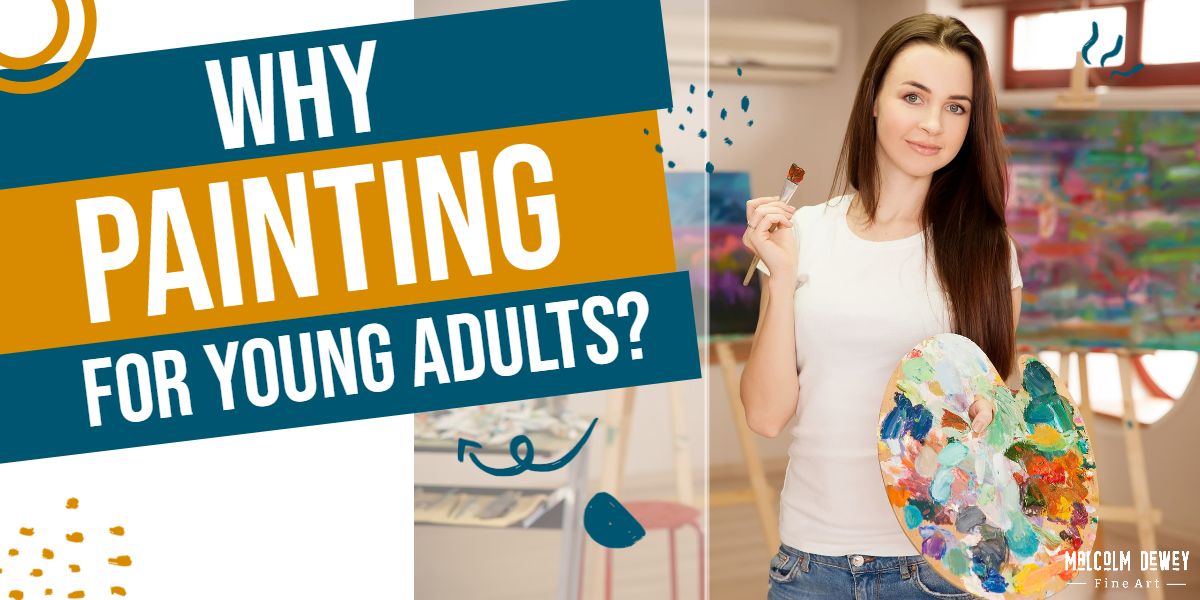
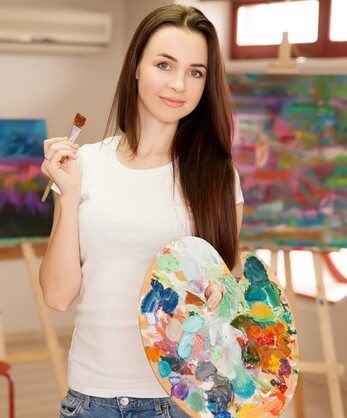
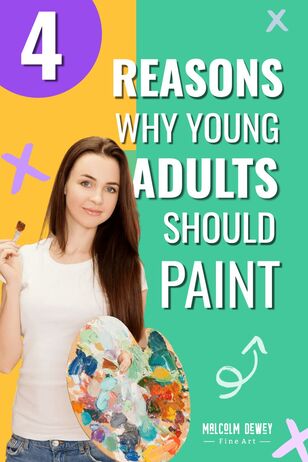
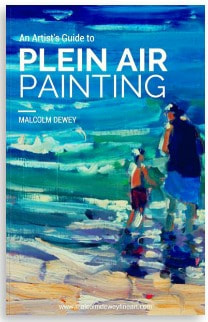

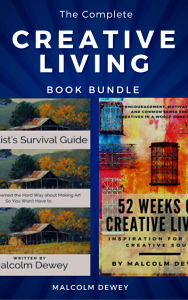
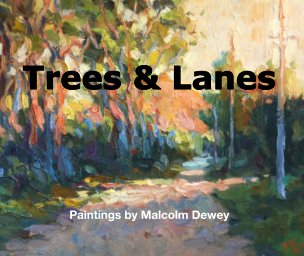





 RSS Feed
RSS Feed

